New doc on JT LeRoy literary scandal: was it A) a myth B) a hoax C) a fraud or D) all of the above?9/9/2016
Jeff Feuerzeig film allows architect of deceit Laura Albert to make her case
Jeff Feuerzeig's new film begins with a quote, from Federico Fellini, about the nature of art. It could just as easily have started with this citation: "Oh! what a tangled web we weave/When first we practice to deceive!"
His subject in Author: The JT LeRoy Story is the writer Laura Albert, who concocted one of the greatest literary scams in memory, one that persisted for about a decade until it was exposed by the New York Times in 2006. Yes, the balloon did come crashing down quite spectacularly in 2006. But the balloon soared very high for many years.
The deceit was this: a damaged and possibly suicidal Albert -- saddled with just about the lowest self-esteem imaginable -- called a crisis hotline in the 1990s seeking emotional support. Instead of presenting herself as Laura Albert she spoke through a character -- "Terminator," later to be fleshed out as Jeremiah Terminator LeRoy -- an HIV-positive teenage boy/hustler born to a truck stop hooker. The doctor on the other end of the line thought he was talking to a real kid.
SHARE THIS:
After years of phone therapy, the doctor suggested JT write down his experiences. "One thing led to another," you might say, and those stories eventually were published, creating a literary coup de foudre that flashed across the world.
Critics gushed over the work of the precocious, gender-bending, waif-savant, and celebrities (Bono, Winona Ryder, director Gus Van Sant, Courtney Love, Deborah Harry, Tom Waits and more) became fans and protectors, inviting the putative writer behind the velvet rope into the private realm of cultural worthies. No matter that JT was just a voice on the phone to them -- he was real enough to fulfill their fantasies [it's cringe-worthy in the film when Van Sant leaves a phone message for JT asking for help on research about trick-turning twinks].
As JT's fame grew, along with demands for public appearances, Albert went so far as to costume her sister-in-law in gender-obfuscating attire to pass her off as the "real" author.
To Feuerzeig, it's essential to bear in mind that Albert's caper was not planned in advance. It just kinda happened. "It was a very organic journey filled with a massive amount of lies and deceit but it was, believe it or not, not preconceived," Feuerzeig told Nonfictionfilm.com. "That's what I came to find." His film -- based on extensive interviews with Albert and other parties involved in the story, plus a massive archive of recorded phone conversations and other material from Albert's past -- opens today in Los Angeles [ArcLight Hollywood and The Landmark], San Francisco [Embarcadero Center Cinema] and New York [Sunshine Cinema and Elinor Bunin Munroe Film Center].
Nonfictionfilm.com interviewed Feuerzeig shortly before the film's theatrical release.
Nonfcitionfilm.com: In the film Laura Albert essentially says this was all an accident. The success of the books she published under the name JT LeRoy could not have been predicted. It grew from there. Jeff Feuerzeig: The first thing that was written by Terminator was the short story "Balloons" that you see in the film. And that metaphorically and literally launched the balloon, the career, of the writer Terminator who became Jeremiah Terminator LeRoy. NFF: And as we see the balloon ultimately was to burst in a fairly spectacular fashion. JF: Yes, the balloon did come crashing down quite spectacularly in 2006. But the balloon soared very high for many years. NFF: There is the sense from the film that it kind of developed organically, as opposed to being an elaborate scheme from the get-go cooked up by Laura. JF: That's actually the word -- [organic] -- that I now use after all my research. Absolutely. NFF: Laura Albert sort of channeled this creation and did his voice on the phone. In the film she speaks about JT as if he really existed and had a will of his own. What do you make of whether she was suffering from some kind of mental illness? JF: She was in fact institutionalized multiple times as a young person... I know she's said it's not multiple personality disorder. So I don't know what her diagnosis in the DSM would be. When I sent her my film The Devil and Daniel Johnston -- the central theme of which is the intersection of madness and creativity -- that film resonated with her and that was the reason she chose to share her story with me on this subjective journey, this subjective telling, that I chose to make. Her sister used to make fun of her and say she was in the loony bin, so yeah Laura is certainly not in denial that she's on the spectrum. Madness absolutely plays into this story. There's no doubt about that.
NFF: One wonders -- what if the books had just been put out there and we never knew anything about the author. What complicates the picture is that not only was there this guise that the author was a real teenage boy but then suddenly that "real person" begins to show up in public.
JF: In publishing history it is absolutely a unique pseudonym where the fiction in this case went way off the page. It is not a hoax.
NFF: How did Savannah Knoop come into the picture and become part of this whole thing?
JF: Laura Albert, hiding as JT LeRoy, could not have predicted that she would have a sensation of great reviews and demand for public appearances when she wrote these books, but that's what happened. So there became a need now to have a body be out in public... People want what they cannot have. That created quite a buzz. It created a mystique and mystery and seemed to make people want this author even more. Then it just exploded. Savannah Knoop was over one day [at Laura's] -- she's her sister-in-law -- and Laura looked at her and she's an androgynous person and she felt like she could be JT LeRoy... And she offered Savannah $50 to put on a wig, a hat and sunglasses and go out there as a one-off as JT LeRoy for German television and that's what happened. And it seemed to have gone very, very well and it was, to quote Laura in the film, like Frankenstein comes to life because Laura was playing human Barbie dolls. And then they kept going together [with this] obviously for many years. It seems that both people enjoyed their roles in public. It was not planned that way by any stretch of the imagination. But it's fair for people to feel from an outside perspective at that time when the scandal broke to assess that it could have been planned or it looked planned. I mean it's fair for people to have felt however they felt. It's just not what I uncovered.
NFF: Of course most people don't like to feel like they've been duped. They don't want to feel like they weren't sophisticated enough to figure it out.
JF: If you've ever imagined what it's like to be inside the middle of a media shit storm -- literally the eye of the hurricane -- I was able to put you there, literally the day the story is breaking and you're hearing what has actually happened, a mosaic of responses, all valid. Some people -- based on their proximity to the author or the writing or both -- wanted to burn Laura Albert at the stake. They were screaming bloody murder. Others thought it was the greatest thing since sliced cheese and wanted to immediately capitalize on this and thought it was even more fantastic... Then there were people who were totally cool with it and neutral, people like Gus Van Sant. I saw in an article [where he said], "I really miss my friend JT LeRoy" and I understand that. They had a very long collaboration.
NFF: In the film Laura really speaks for herself, looking directly into camera.
JF: I wanted Laura Albert, the author of the fiction, to stand in front of her words. So I blew up her book massive, something like 10-feet by 10-feet. I created a backdrop for a studio shoot and then the idea was to put her in front of her words like she's coming out of a storybook because she's going to tell a story. That was the conceptual idea.
NFF: Albert could be described as a master manipulator. She certainly kept a lot of people in her orbit over many years believing they were talking to a teenage kid. She also created other personas ["Speedie," JT's putative British manager, for instance]. How do you know she wasn't manipulating you?
JF: The way I approached this film is very simple. Her story is a true story. It's been out there, including all the deceit that the saga of JT LeRoy entailed. This was her chance, in a subjective telling, to finally take us through exactly what happened. And including her backstory, which was unknown. So in the subjective telling she is allowed to tell me anything she wants, just like for instance Robert McNamara or [Donald] Rumsfeld [told Errol Morris in, respectively, The Fog of War and The Unknown Known] -- these are subjective films and in their case they're talking about the Vietnam War or whatever they're involved in. They can say whatever they want. Whatever the viewer brings to those subjects going in, what the viewer takes going out is free to the viewer to think about, chew on, discern, question, agree with, whatever, doesn't matter. That precedent has been set by other filmmakers. Is there always another version of events? Of course there is. But that's a choice that these filmmakers have made. I made that choice to hear Laura Albert's version of the story and what I came to learn in our seven or eight days together is she was 100-percent forthcoming about all of her deceit... Nothing was off the table. And our agreement going in was I had final cut. She couldn't change a frame... It's largely told by Laura and I stand by that. I love subjectivity. That's my biggest influence is the New Journalism... I believe through subjective storytelling documentary can become nonfiction filmmaking and more cinematic and arrive at what [Werner] Herzog calls "the ecstatic truth."
Actor Michael Pitt [left] and director Gus Van Sant with a blue-wigged person they thought was author JT LeRoy. At right, Bono -- one of JT LeRoy's many celebrity admirers. Images courtesy Amazon Studios/Magnolia Pictures
NFF: The New York Times continues to describe the whole escapade as a literary hoax. Laura Albert rejects that term, saying it was more like myth making. She clearly suffered extreme psychological damage as a child. In a sense you could say she found a very creative to work through it.
JF: I do find the subject of madness and creativity infinitely fascinating. I absolutely do... I don't moralize in any of these films, whatsoever. And sometimes out of madness -- as you'll see in The Devil and Daniel [Johnston] -- great art can also happen. Madness has a dark side to it and there's no reason not to show that dark side because it's just a fact in these true stories. Laura, of course you see all of her deceit right there on the screen and at the same time art can also co-exist.
SHARE THIS:
|
AuthorMatthew Carey is a documentary filmmaker and journalist. His work has appeared on Deadline.com, CNN, CNN.com, TheWrap.com, NBCNews.com and in Documentary magazine. |
- Home
- News
- Videos
-
Galleries
- 2019 Tribeca Film Festival
- Full Frame Documentary Film Festival
- 2019 SXSW Film Festival
- SXSW 2018 Gallery
- 2019 Sundance Film Festival
- Outfest 2018 Photo Gallery
- Outfest 2017
- Sundance 2018 Photos
- 2017 LA Film Festival
- 2017 Cannes Film Festival
- Tribeca Film Festival 2017
- SXSW 2017 Gallery
- 2017 Berlin Film Festival
- Sundance 2017 Gallery
- 2016 Los Angeles Film Festival
- Cannes Film Festival 2016
- SXSW 2016 Gallery
- Berlinale 2016 Gallery
- Sundance 2016 Gallery
- Filmmaker Gallery
- About
- Contact
Proudly powered by Weebly
- Home
- News
- Videos
-
Galleries
- 2019 Tribeca Film Festival
- Full Frame Documentary Film Festival
- 2019 SXSW Film Festival
- SXSW 2018 Gallery
- 2019 Sundance Film Festival
- Outfest 2018 Photo Gallery
- Outfest 2017
- Sundance 2018 Photos
- 2017 LA Film Festival
- 2017 Cannes Film Festival
- Tribeca Film Festival 2017
- SXSW 2017 Gallery
- 2017 Berlin Film Festival
- Sundance 2017 Gallery
- 2016 Los Angeles Film Festival
- Cannes Film Festival 2016
- SXSW 2016 Gallery
- Berlinale 2016 Gallery
- Sundance 2016 Gallery
- Filmmaker Gallery
- About
- Contact

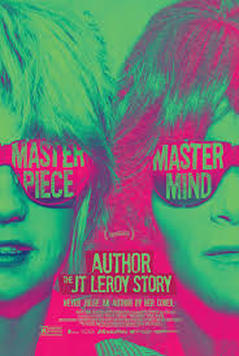
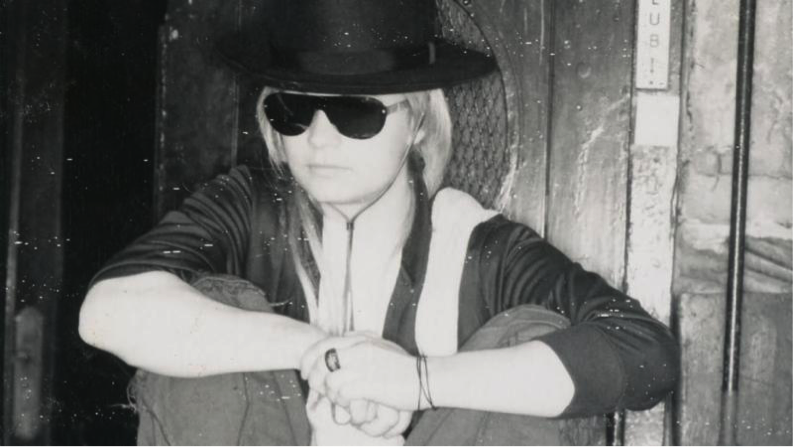
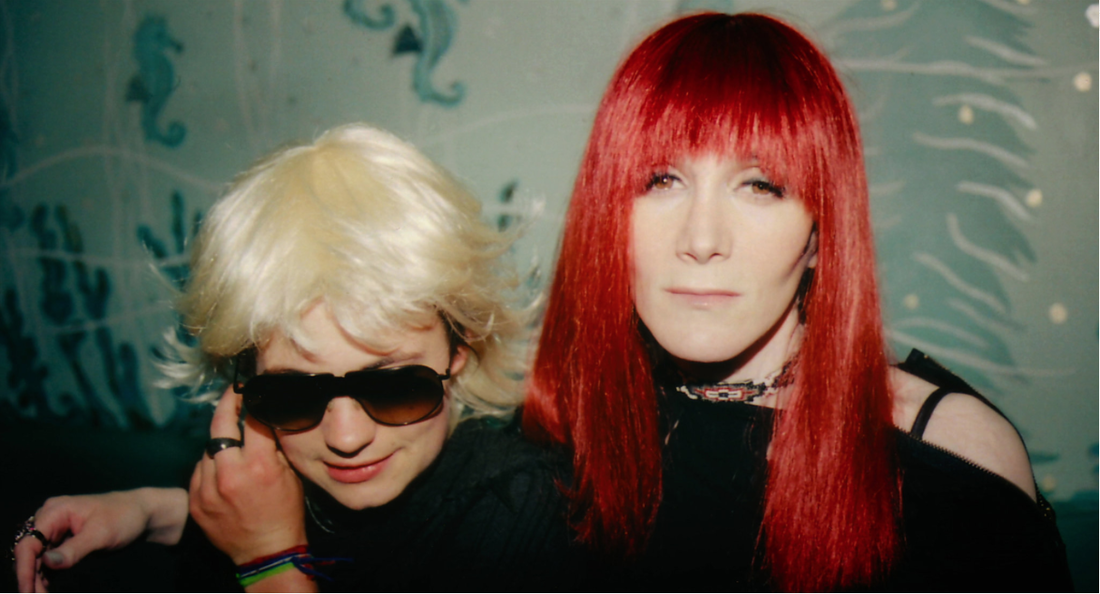
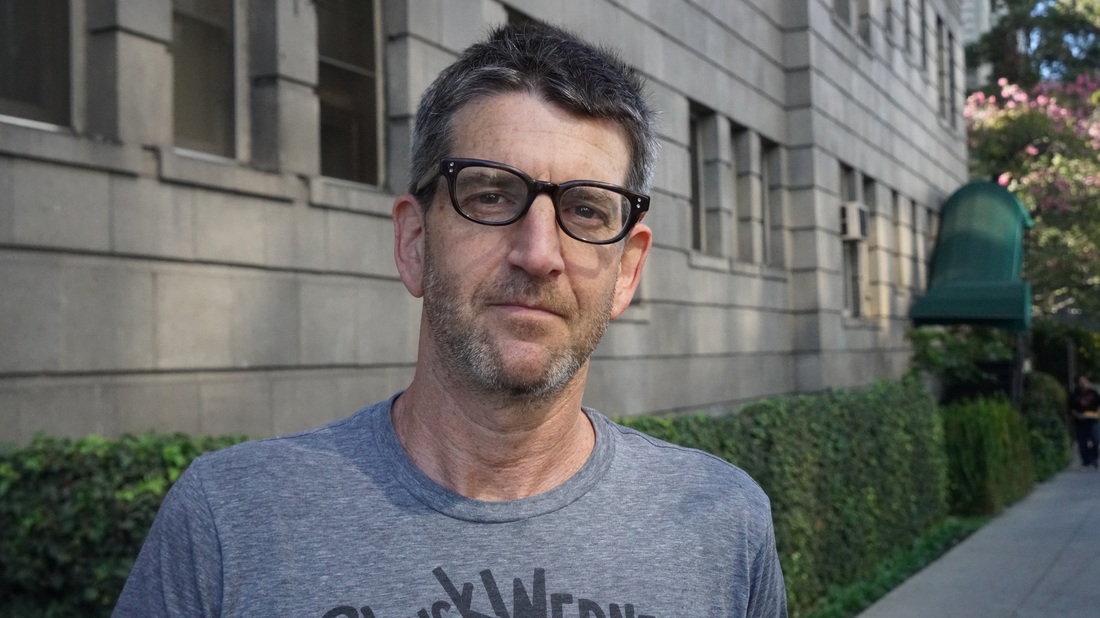
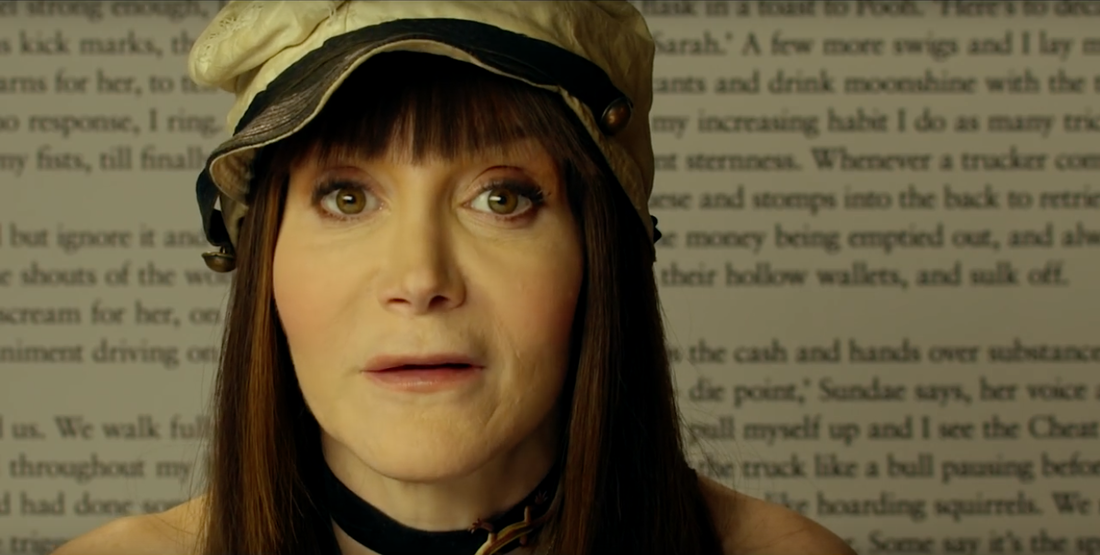
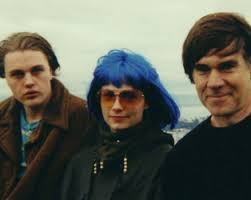
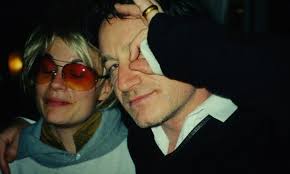
 RSS Feed
RSS Feed